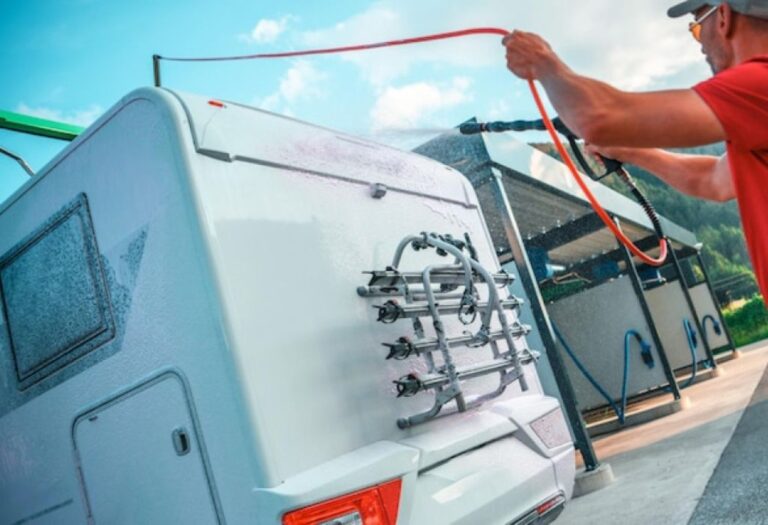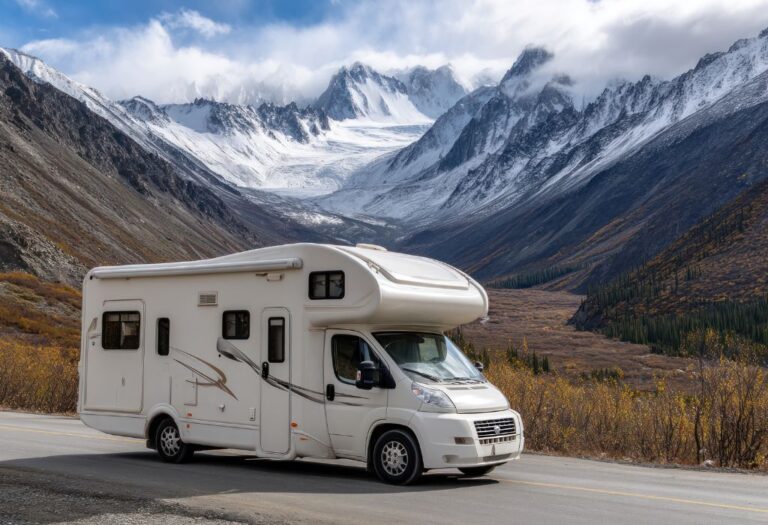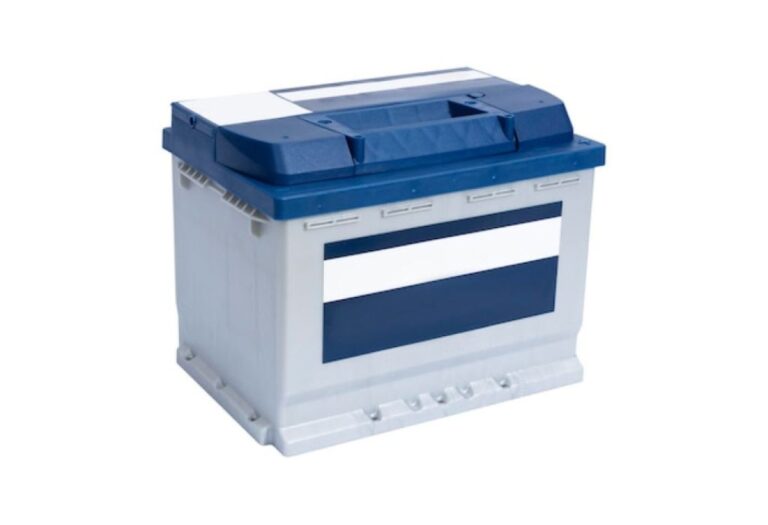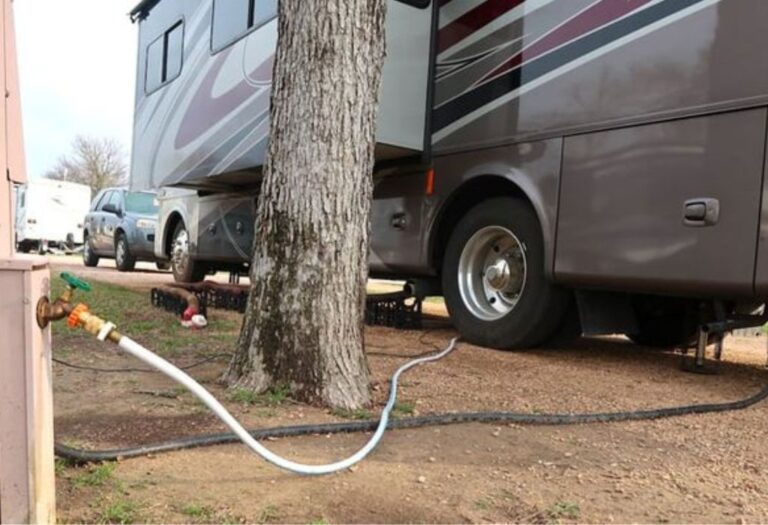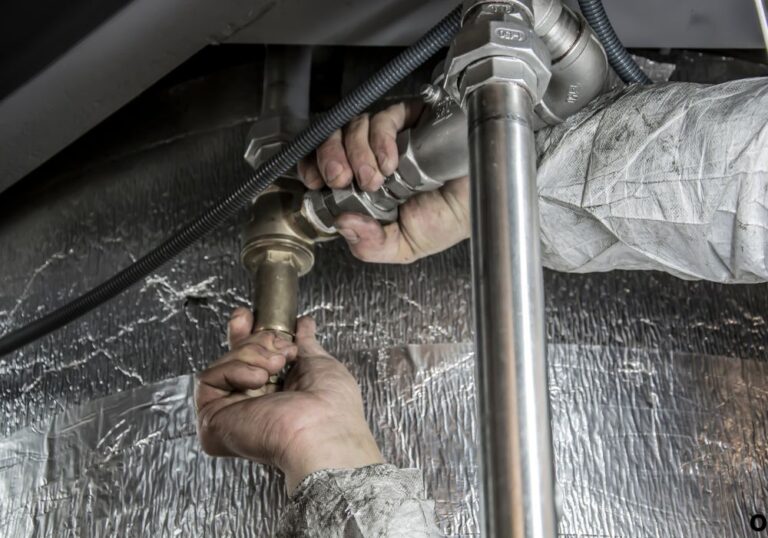How to Add Distilled Water to Your RV Battery Safely
Your RV battery powers everything from lights and appliances to your water pump and inverter. Over time, electrolyte levels in lead-acid batteries can drop, reducing performance and lifespan.
Adding distilled water is essential to maintain the chemical balance inside the battery. This prevents damage to the plates, avoids overheating, and ensures your battery delivers optimal performance.
Many RVers ask: “How do I safely add distilled water to my RV battery?” In this guide, we’ll cover when and how to check electrolyte levels, the step-by-step water addition process, safety precautions, and maintenance tips to keep your battery in top condition for many years on the road.
Understanding Your RV Battery

Before adding water, it’s important to understand how your RV battery works:
- Types of RV Batteries: Flooded lead-acid batteries, AGM (Absorbent Glass Mat), and lithium batteries. Only flooded lead-acid batteries require water addition.
- Battery Components: Each battery has multiple cells with plates submerged in electrolyte, a mixture of sulfuric acid and water.
- Water’s Role: Water maintains the electrolyte level, allowing chemical reactions to produce electricity efficiently. Low water levels can expose plates, causing sulfation, overheating, and reduced battery life.
Understanding these components helps you appreciate why proper water maintenance is crucial.
Signs Your RV Battery Needs Distilled Water
It’s not always obvious when a battery requires water. Watch for these indicators:
- Low Electrolyte Levels: Check under each cell cap; liquid should cover the plates.
- Reduced Battery Performance: Lights dim or inverter struggles despite full charge.
- Warning Lights or Alerts: Some RV systems have low battery warnings.
- Visual Inspection: Corrosion around cell caps or uneven liquid levels indicates attention is needed.
Identifying these signs early prevents irreversible damage.
Safety Precautions Before Adding Water
Adding water to a battery involves working with acid, so safety is paramount:
- Wear Gloves and Eye Protection: Prevent acid burns from accidental spills.
- Work in a Well-Ventilated Area: Batteries emit hydrogen gas during charging, which is flammable.
- Avoid Sparks and Open Flames: Keep tools and electronic devices away while working.
- Use Only Distilled Water: Tap or mineral water contains impurities that can damage plates.
Following these precautions keeps you safe and prevents damage to your RV battery.
Step-by-Step Guide to Adding Distilled Water
Step 1: Gather Materials
- Distilled water
- Funnel or spout
- Gloves and safety goggles
- Clean rag for spills
Step 2: Turn Off the RV Power System
- Disconnect the battery from the RV or turn off all charging sources.
- Ensure no appliances are drawing power.
Step 3: Remove Battery Caps
- Unscrew each cell cap carefully.
- Keep caps nearby in the correct order for easy replacement.
Step 4: Check Electrolyte Levels
- Liquid should cover the plates inside each cell.
- If low, add distilled water slowly to bring levels just above the plates.
Step 5: Add Distilled Water Carefully
- Use a funnel to avoid spills.
- Do not overfill; excessive water can overflow during charging.
Step 6: Replace Caps and Clean Spills
- Screw caps back securely.
- Wipe any spilled electrolyte with a damp rag.
Step 7: Test Battery Voltage
- Reconnect the battery and check voltage to ensure proper functioning.
Following these steps ensures safe and effective water addition to your RV battery.
How Often to Check and Add Distilled Water
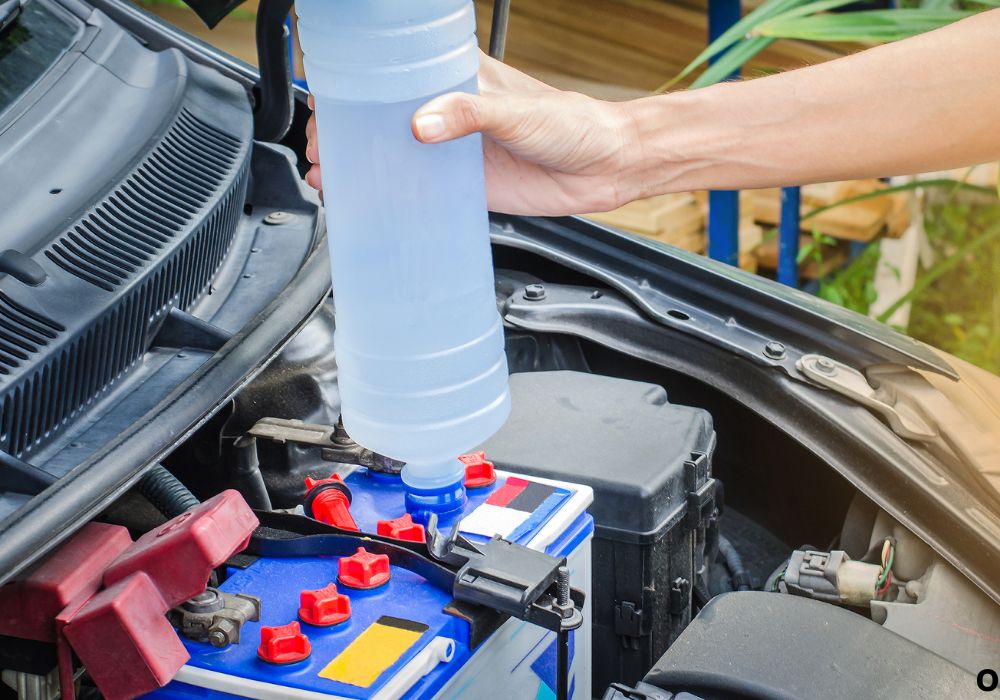
- Monthly Checks: For active RV use, inspect battery water levels once a month.
- Quarterly Maintenance: Adjust water levels every 3 months, especially during heavy usage.
- Factors Affecting Frequency: Hot climates, frequent discharges, and long trips may require more frequent checks.
Regular maintenance keeps the battery performing optimally and extends its lifespan.
Tips to Extend Battery Life
- Maintain Proper Charge: Avoid deep discharges; charge fully after each use.
- Keep Terminals Clean: Prevent corrosion by cleaning terminals regularly.
- Use Low-Resistance Connections: Ensure tight, clean connections for efficient power delivery.
- Store Properly During Off-Season: Keep batteries in a cool, dry place and maintain charge.
- Monitor Water Levels: Adding distilled water as needed prevents plate exposure and sulfation.
Proper maintenance prevents costly repairs and ensures reliable battery performance.
Common Mistakes to Avoid
- Using tap or mineral water instead of distilled.
- Overfilling or underfilling cells.
- Forgetting to wear gloves or eye protection.
- Ignoring visual or performance warnings.
- Neglecting regular maintenance schedules.
Avoiding these mistakes keeps your RV battery safe and long-lasting.
Frequently Asked Questions (FAQs)
How often should I check and add distilled water to my RV battery?
Monthly checks are recommended, with water added as needed. For heavier usage or hot climates, check every 2–3 weeks.
Can I use tap water in my RV battery?
No. Tap or mineral water contains impurities that can damage battery plates and reduce lifespan.
What happens if I overfill the battery with water?
Overfilling can cause electrolyte overflow during charging, leading to corrosion and safety hazards.
Do AGM or lithium batteries require distilled water?
No. AGM and lithium batteries are sealed and maintenance-free; only flooded lead-acid batteries require water addition.
Is it safe to add water while the battery is charging?
No. Always disconnect or ensure no charging occurs to prevent sparks and hydrogen gas ignition.
How do I know if my battery is low on water?
Visual inspection under the caps will show if the plates are exposed or the electrolyte level is below recommended levels.
Can adding distilled water restore battery capacity?
Adding water maintains chemical balance but does not restore lost capacity caused by sulfation or age.
Should I remove caps completely or just loosen them?
Completely remove caps for inspection and water addition, then replace securely afterward.
Can improper water levels damage the battery?
Yes. Low levels expose plates, causing corrosion; overfilling causes spillage and potential electrical issues.
How can I prevent frequent water loss in my RV battery?
Maintain proper charging, avoid over-discharge, and check water levels regularly to minimize evaporation and usage losses.
Conclusion: Keep Your RV Battery Healthy and Long-Lasting
Adding distilled water to your RV battery is essential maintenance for flooded lead-acid batteries. Proper water levels protect the plates, maintain chemical balance, and extend battery life.
By following the step-by-step procedure, adhering to safety precautions, and performing monthly or quarterly checks, your RV battery will deliver reliable performance and longevity. Regular maintenance ensures you enjoy consistent power on every adventure, avoiding unexpected downtime and costly replacements.
I’m David R. Coleman, the founder, lead writer, and lifelong tool enthusiast behind GarageToolPro.com. With years of experience in automotive repair, woodworking, and home DIY projects, I created this platform to share practical tips, detailed tool reviews, and step-by-step guides that help mechanics, hobbyists, and homeowners get the job done right the first time.

